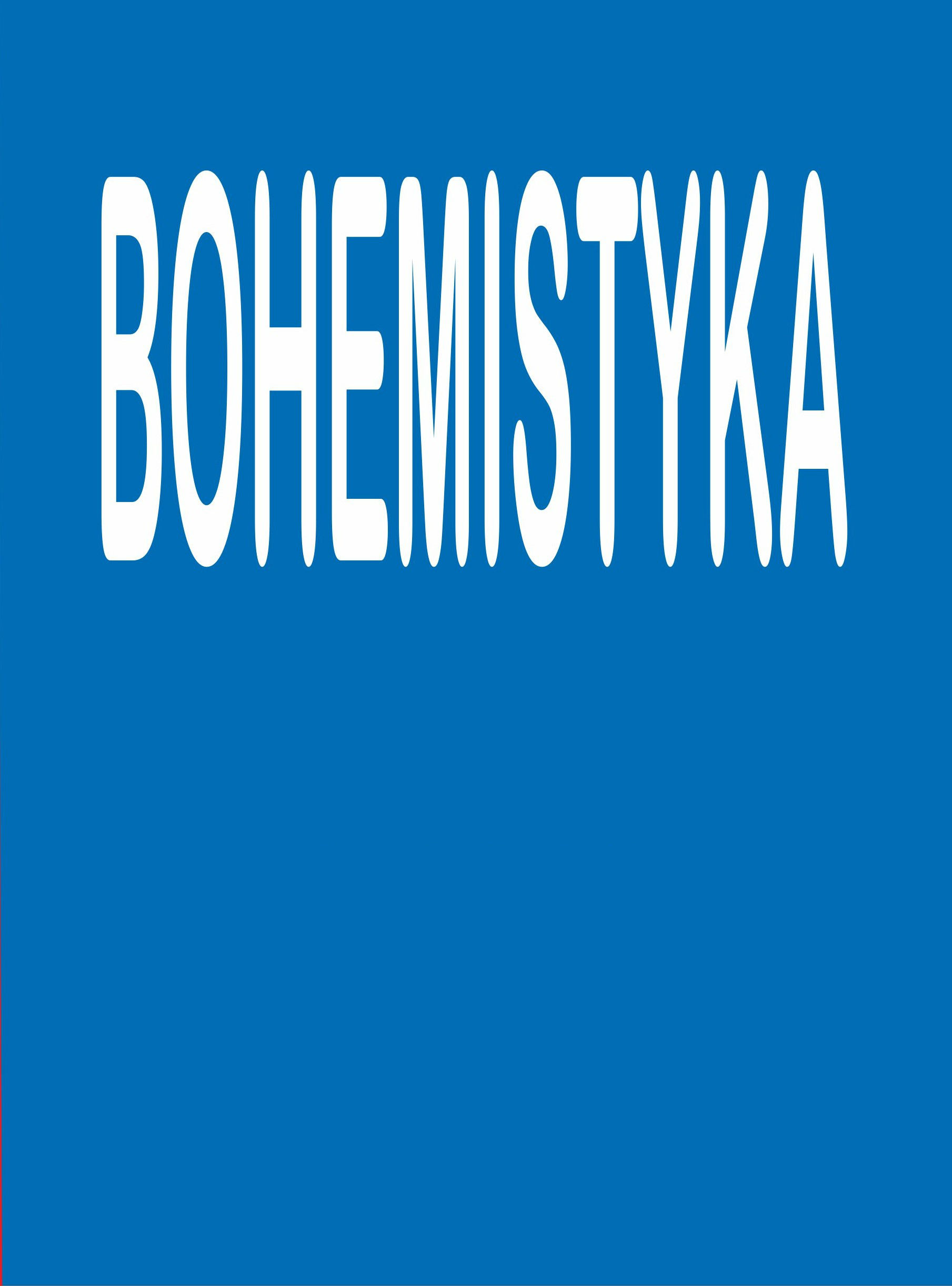O użyciu symboliki poetyckiej w czeskiej poezji międzywojennej. »Spragnione lato« (»Žíznivé léto«) i »Pozdrowienie słońcu« (»Pozdravení slunci«) Jana
The Use of Poetic Symbolism in Interwar Czech Poetry »Spragnione lato« (»Žíznivé léto«) and »Pozdrowienie słońcu« (»Pozdravení slunci«) by Jan Zahradn
Author(s): Jan WiendlSubject(s): Language and Literature Studies
Published by: Uniwersytet im. Adama Mickiewicza w Poznaniu
Keywords: literature; Czech literature; poetry; vision of world order; Jan Zahradnícek;
Summary/Abstract: The thesis of the aeticle is based on the question of the realization of the functional relation between the broad framework of poetic vision of the world and the narrower, regulating point of view determined by the writer´s proclaimed endorsement of a system of firmly defined, ideological models. The author bases his reflections on an analysis of space, time and the topic of man in collections of verse by Jan Zahradnícek Zíznivé léto (A thirsty summer, 1935) and Pozdravení slunci (Greeting the sun, 1937). It follows from the analysis that, rather than talking about the mutually conditioned effect of these two levels of reality, it would be better to talk about a dialectic clash of fragments, each of which in a work of art represents part of its own reality, as if it were a special mix of fragments of a double kind - poetic truth and the truth of ideology. A literary text then means an entirely new formo of reality. The poet, motivated by the experience of creative freedom, on the one hand, and by the voluntary acceptance of certain external ideological regulating points of view, on the other, introduces with greater or lesser success individual fragments of diverse layers of reality into a correlation that is intensified by the dominant effect of the aesthetic function. As the uniting individual he thus creates an imaginary whole that opens man up to the world, suggesting to the reader the idea of unity in diversity.
Journal: Bohemistyka
- Issue Year: XII/2012
- Issue No: 2
- Page Range: 107-118
- Page Count: 12
- Language: Polish

